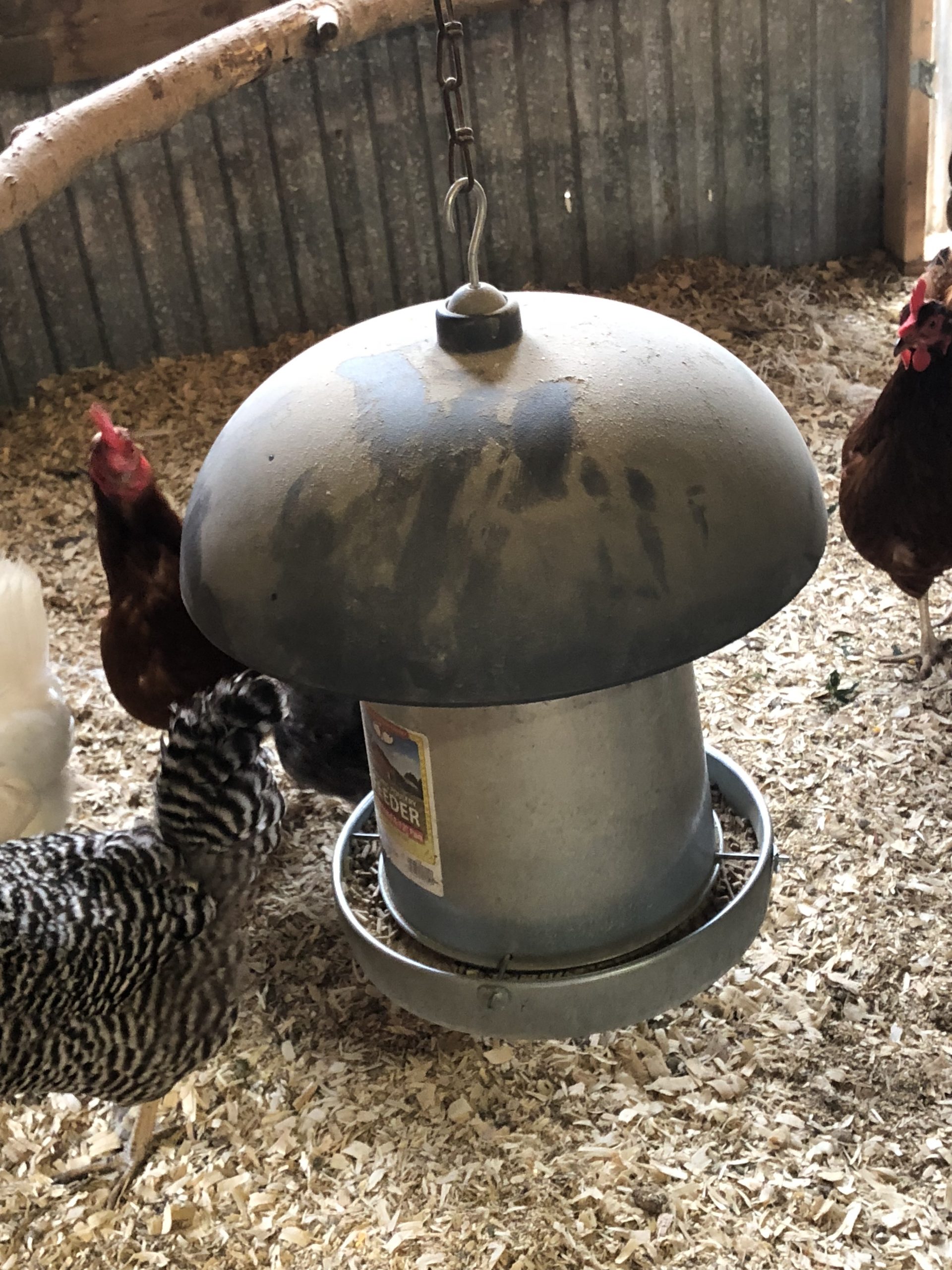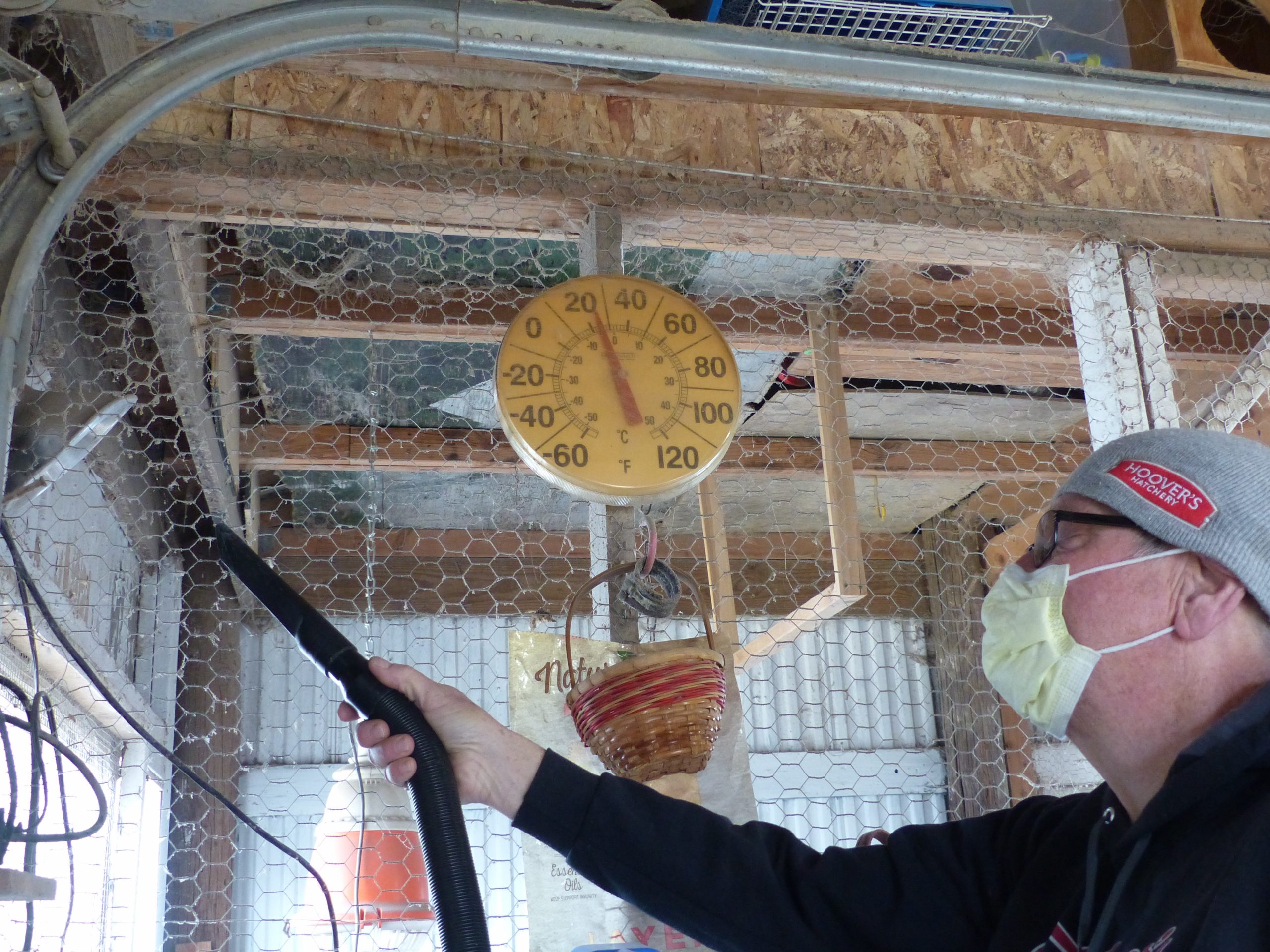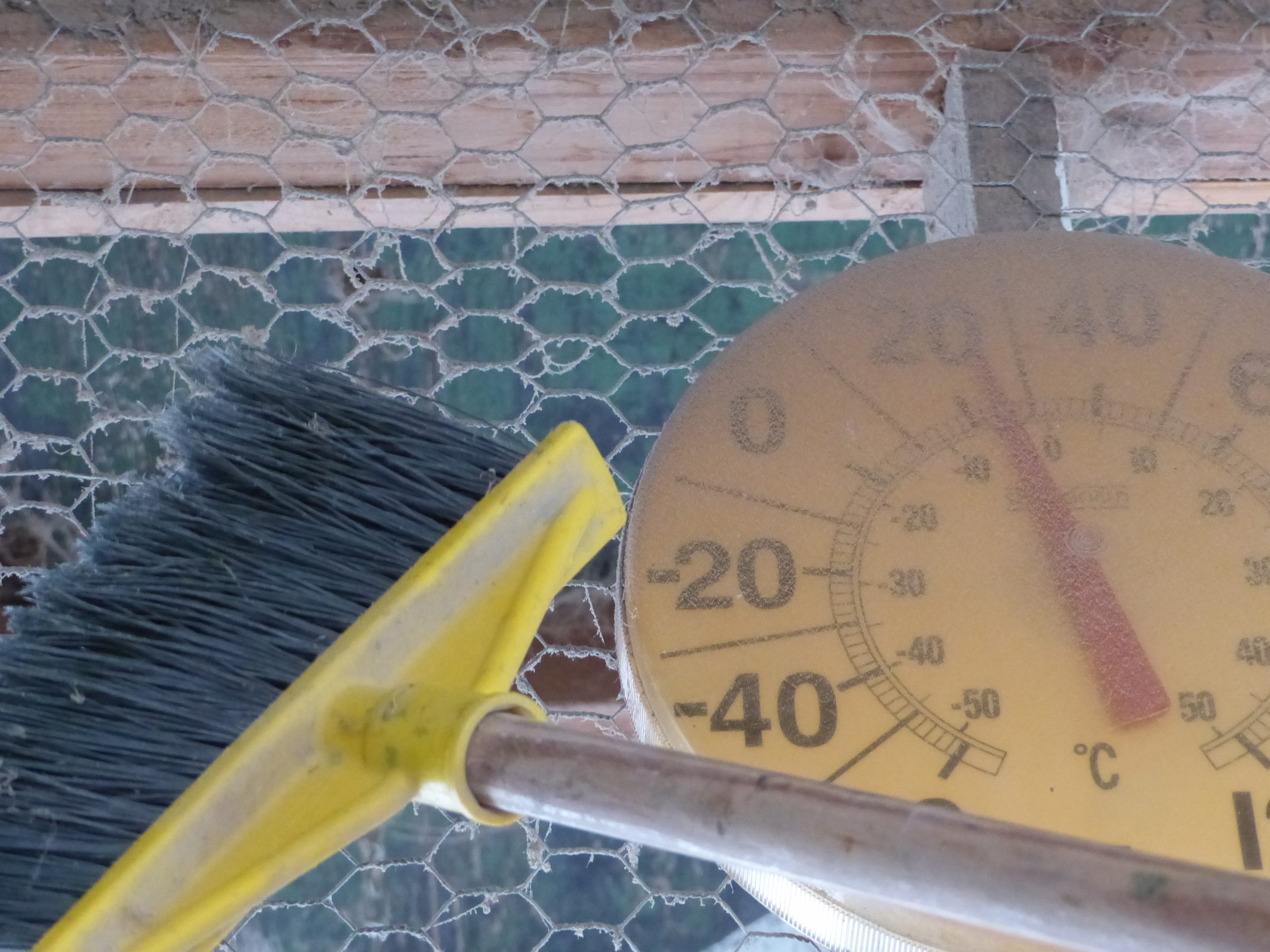Dust and chickens go together like macaroni and cheese. Flock Owners know their hens produce eggs for the kitchen and manure to make garden vegetables thrive. A less recognized and valued hen byproduct is dust. It needs to be managed.
According to Dr. Susan Lamont, Iowa State University C.F. Curtis Distinguished Professor of Agriculture and Life Sciences, dust comes when chickens shed dead skin and from material shed from the base of the feather shafts. It’s called dander. Other dust may originate from litter and feed.

Dust fluffs off birds, spirals into the coop’s air, and rains down everywhere as powdery particles as fine as what originates from some volcanic eruptions. It coats shelves, containers, and any other horizontal surface. If ignored it piles up to a quarter inch depth or even more.
Clearing away dust and cobwebs and occasionally tidying up the coop is important. Anyone with a backyard flock and occasional human visitors is an ambassador for chickens. A clean, odor free coop invites others to begin a chicken hobby. Even if there aren’t visitors, a clean coop is a pleasant place for both chickens and their human caregivers.
De-dusting
As Dr. Lamont stated the dust from chickens may contain bacteria and viruses. Remember not all viruses and bacteria are dangerous to humans. But it is a good idea to keep from inhaling dust and to clean up after. Wear a dust mask when cleaning to avoid breathing them in. Thoroughly wash hands after a cleaning.
Most people immediately reach for the blower or vacuum cleaner to remove dust, but they create a problem. Chicken dust is so fine that blowing it off a shelf just puts it back in the air to settle back down again. Sucking it up in the vacuum cleaner sounds better but the dust is so fine it clogs the machine’s filter.

A simple short dust brush is handy for sweeping it off horizontal shelves but also can swirl it back into the air. Building custodians have a solution. They use a material called sweeping compound to remove dust from buildings. Sprinkle a handful on surfaces and tiny particles of chicken dust will cling to the sweeping compound instead of swirling into the air. That allows sweeping the material into a dustpan and disposing of it in the trash. Sweeping compound can be bought in home care and hardware stores. One box lasts for years.

A sponge and bucket of soapy water also work well. The wet sponge picks up the dust without allowing it to rise back into the air. The resulting dirty water can be poured on a lawn.
Cobwebs
Cobwebs, like dust, are common in coops. They are made by spiders but aren’t strictly spiderwebs. Cobwebs are a loose connection of sticky fibers that are designed to trap insects. Spiderwebs, in contrast, are spun in a pattern of sometimes fuzzy fibers that are not sticky but trap insects. Often cobwebs get covered with chicken dust and frequently are in high hard to reach areas of the coop. They’re easy to remove with a dust mop or broom, but usually dust flies off them. Wear a face mask.

Keeping the coop relatively free of dust deposits and cobwebs makes it a more attractive place. Dusting should be on the regular maintenance task list.